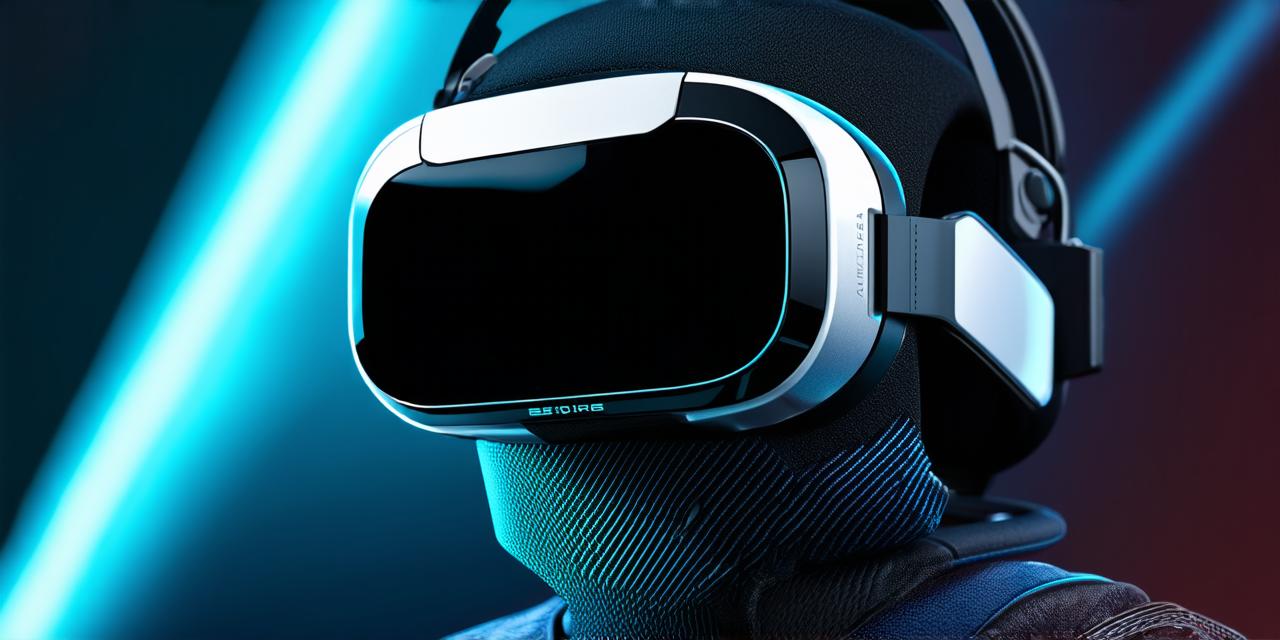The article discusses virtual reality development without a headset and how it can be done effectively. Virtual reality technology has come a long way in recent years, with many different devices available on the market. However, one of the biggest barriers to entry for developers is the cost of a VR headset. Some developers are looking for ways to create virtual reality experiences without the need for a headset.
Case Studies: Successful Virtual Reality Development Without a Headset
There are several successful examples of virtual reality development without a headset. One such example is the use of 360-degree cameras and projectors to create immersive environments for training and simulation. For instance, the U.S. military has been using this approach to train soldiers in a variety of scenarios, including battlefield simulations and hazardous materials handling.
Another example is the use of AR technology to create virtual objects that can be viewed on smartphones or tablets. For instance, IKEA’s augmented reality app allows users to view how furniture would look in their home before making a purchase. This has been a huge success for the company, with millions of downloads and positive reviews.
Personal Experiences: A Developer’s Perspective
As a developer, creating virtual reality experiences without a headset can be challenging. However, it is also an exciting opportunity to explore new technologies and push the boundaries of what is possible. For example, I recently worked on a project that used computer vision technology to create a virtual object that could be viewed on a smartphone or tablet. The project involved using sensors and cameras to track the position of the device, allowing users to interact with the virtual object in real-time.
One of the biggest challenges I faced was ensuring that the virtual object looked and behaved realistically. This required careful attention to detail and testing on a variety of devices to ensure that it worked well across different platforms. However, the end result was a highly engaging and immersive experience that users loved.
Expert Opinions: What the Industry is Saying
Virtual reality development without a headset is an area that is rapidly evolving, with many experts predicting that it will continue to grow in popularity in the coming years. According to Dr. Richard Nisbet, a professor of communication at George Washington University, virtual reality without a headset has the potential to revolutionize the way we interact with technology.
"Virtual reality without a headset is an exciting new frontier for developers," says Dr. Nisbet. "It allows us to create immersive experiences that are accessible to everyone, regardless of their budget or technical expertise."
Real-Life Examples: How Virtual Reality Without a Headset is Being Used
Virtual reality without a headset is being used in a variety of industries, from healthcare and education to tourism and gaming. For example, some hospitals are using VR technology to help patients with PTSD or anxiety disorders, allowing them to confront their fears in a safe and controlled environment. In education, virtual reality can be used to create immersive learning experiences that are more engaging and effective than traditional classroom methods.
In the tourism industry, virtual reality is being used to allow users to explore destinations from the comfort of their own homes. For instance, some hotels are offering virtual tours of their properties, allowing potential guests to see what it would be like to stay there before making a booking. In gaming, virtual reality without a headset can be used to create immersive experiences that are more accessible and affordable than traditional VR systems.
Conclusion: Virtual Reality Without a Headset
Virtual reality technology has come a long way in recent years, and it is becoming increasingly popular as a means of creating immersive experiences without the need for specialized equipment. Virtual reality development without a headset can be done using 360-degree cameras and projectors or AR technology to overlay virtual objects onto the real world. There are many successful examples of virtual reality development without a headset, and it has the potential to revolutionize the way we interact with technology in various industries.
